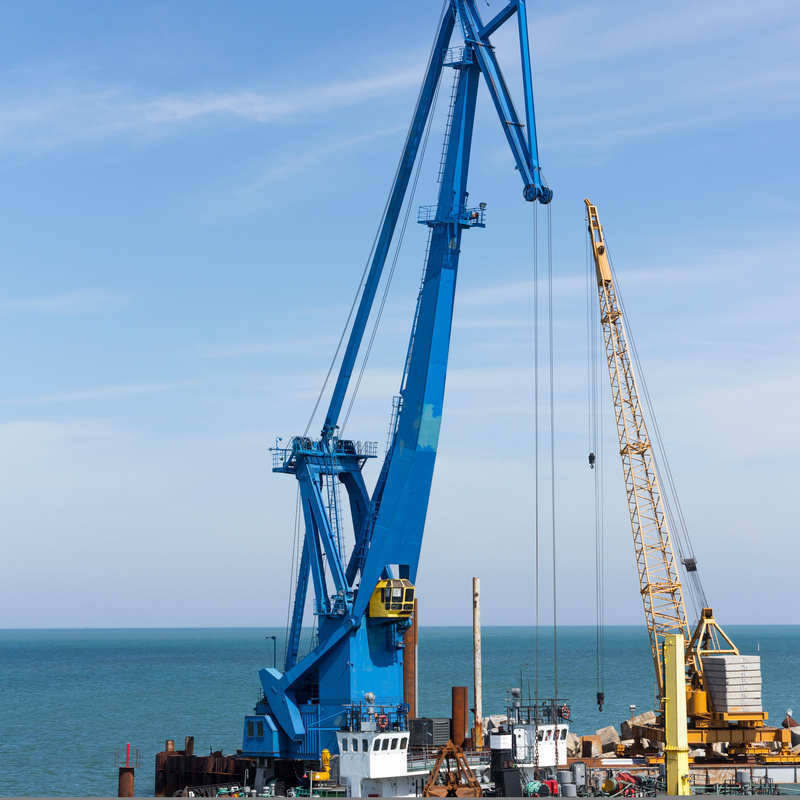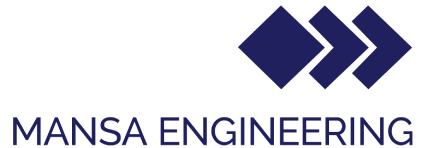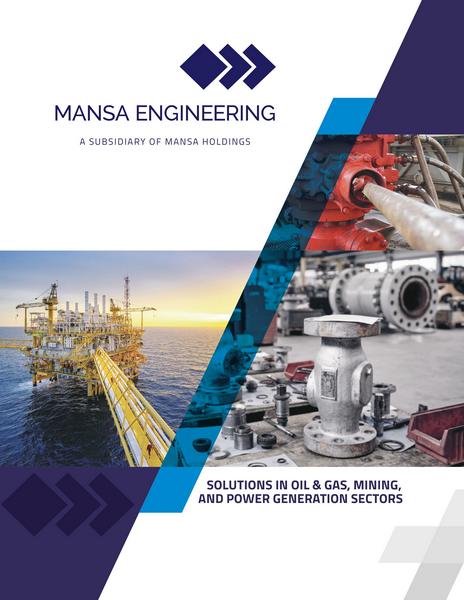Crane Hydraulic & Lifting Solutions
- Home
- Capabilities

CRANE, HYDRAULIC & LIFTING SOLUTIONS
Mansa
Engineering Limited strives to achieve world class results by adhering to
international standards and associating with and bodies to continuously grow our
capacity.
In the area of
our Crane Hydraulic & Lifting Solutions, our inherent focus is in
continuous safety in all engineering operations engineering either through our
pre-operational, routine, periodic or third-party inspections. Crane
inspections are designed to assess the safety of equipment, detect
wear and tear and identify maintenance needs for safe, productive
operation. In addition to regular crane inspections, we
have a comprehensive plan of preventive maintenance, scheduled repairs
and advanced services that take a deeper look at your crane and its
components. We strive to set a benchmark in our service delivery to achieve an
unmatched record in the industry to meet our safety goals. Continued operation
of these cranes without major inspections may increase the risk of catastrophic
failure of the crane, exposing people near the crane to the risk of serious
injuries or even death.
As an associate member of the Lifting Equipment Engineers
Association (LEEA) Mansa Engineering Ltd has over the years deployed its
expertise onshore and offshore in inspecting thousands of various simple and
complex kinds of lifting equipment including but not limited to web slings,
chain slings, wire rope slings, offshore containers, baskets, ladders, offshore
cranes and forklifts in the oil and gas and related industries.
Our services
include invaluable industry solutions through innovative testing and several types
of inspection techniques that can be used in the oil and gas industry. Below are
some standards we use to assist in the quality control process.
·
American Society of
Mechanical Engineers ASME
·
British Standards
Institution BSI
·
International
Organization for Standardization ISO
During our inspections, each lifting
equipment must have all three levels of inspections, namely
·
Pre-use/Frequent inspection normally carried out by the
operator before operating the equipment. The operator also ensure that the
lifting accessories that was selected meets the specific job requirement is
being used for.
·
Interim Inspection/Initial Inspection is determined by
risk assessment as to how often, and to what extent the inspection is
performed. It also involves inspection of lifting accessories purchased from a
manufacturer upon arrival at client’s facility. This is done to check lifting
accessories tag to make sure it’s is what was ordered and that the rated
capacity meets all of the project specifications and lifting requirement.
·
Thorough Inspection sometimes referred to as the periodic
inspection, is a visual examination of lifting equipment that is carried out by
a competent person either yearly or every six months.
An active inspection and preventative
maintenance strategy is key to improving safety and productivity while helping
to identify risks and opportunities for improvement. This supports compliance
of LEEA standards to reduce downtime and improve reliability.

